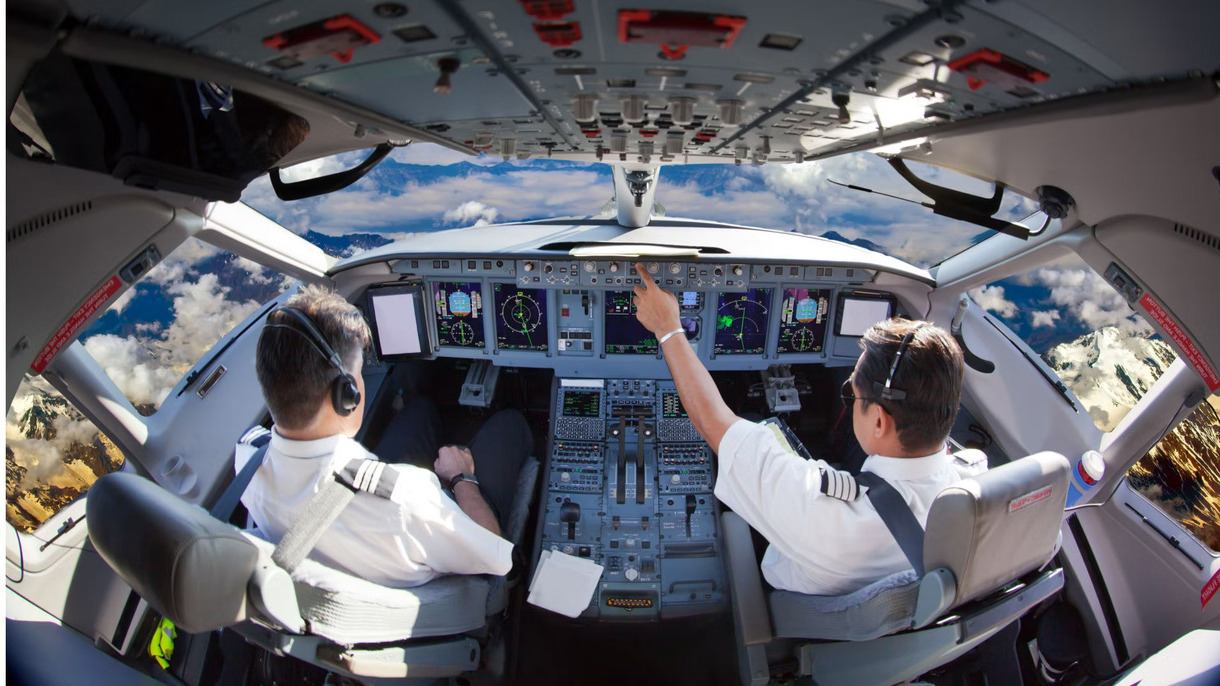
Autopilot systems have transformed how we navigate the skies, seas, and roads. These systems, once a figment of science fiction, now play a crucial role in modern transportation. But what exactly makes them tick? Autopilot technology combines sensors, algorithms, and real-time data to control vehicles with minimal human intervention. From commercial airplanes to self-driving cars, autopilot systems enhance safety, efficiency, and convenience. Ever wondered how pilots manage long-haul flights or how your car stays in its lane on the highway? Autopilot systems are the answer. Let's dive into 30 intriguing facts about these technological marvels that are reshaping our world.
What is an Autopilot System?
Autopilot systems are designed to control the trajectory of vehicles without constant human intervention. These systems are used in various modes of transportation, including airplanes, ships, and even cars. Let's dive into some fascinating facts about autopilot systems.
-
The first autopilot was developed in 1912 by Lawrence Sperry, son of gyroscope inventor Elmer Sperry. It used gyroscopic technology to maintain an aircraft's stability.
-
Modern autopilot systems can handle multiple tasks simultaneously, such as maintaining altitude, speed, and direction.
-
Autopilot systems in commercial airplanes are typically engaged during the cruising phase of flight, reducing pilot workload.
-
Ships also use autopilot systems, known as marine autopilots, to maintain a set course over long distances.
-
Tesla's Autopilot is one of the most well-known automotive systems, offering features like lane-keeping, adaptive cruise control, and self-parking.
How Do Autopilot Systems Work?
Understanding the mechanics behind autopilot systems can be quite intriguing. These systems rely on a combination of sensors, computers, and control systems to function effectively.
-
Autopilot systems use gyroscopes and accelerometers to measure the orientation and movement of the vehicle.
-
GPS technology is often integrated into autopilot systems to provide precise location data.
-
In aviation, autopilot systems are connected to the aircraft's flight management system (FMS) to follow pre-programmed flight plans.
-
Marine autopilots use a combination of GPS and compass data to maintain a set course.
-
Automotive autopilot systems rely on cameras, radar, and ultrasonic sensors to detect obstacles and navigate roads.
Benefits of Autopilot Systems
Autopilot systems offer numerous advantages, making travel safer and more efficient. Here are some key benefits.
-
Autopilot systems reduce pilot and driver fatigue by taking over repetitive tasks.
-
They enhance safety by maintaining consistent control and reducing human error.
-
Fuel efficiency can be improved as autopilot systems optimize routes and speeds.
-
In aviation, autopilot systems allow pilots to focus on monitoring systems and making strategic decisions.
-
Marine autopilots enable ships to maintain a steady course, reducing fuel consumption and travel time.
Challenges and Limitations
Despite their many benefits, autopilot systems also face several challenges and limitations. Understanding these can provide a balanced view of the technology.
-
Autopilot systems can struggle in adverse weather conditions, such as heavy rain or fog.
-
They rely heavily on sensor accuracy, which can be compromised by dirt, ice, or other obstructions.
-
In aviation, autopilot systems are not typically used during takeoff and landing, requiring manual control.
-
Marine autopilots may have difficulty navigating through crowded or narrow waterways.
-
Automotive autopilot systems are still developing and may not handle complex driving scenarios perfectly.
Future of Autopilot Systems
The future of autopilot systems looks promising, with advancements in technology paving the way for more sophisticated and reliable systems.
-
Artificial intelligence (AI) is being integrated into autopilot systems to improve decision-making and adaptability.
-
Autonomous ships, or "smart ships," are being developed to navigate without human intervention.
-
The aviation industry is exploring fully autonomous aircraft for cargo and passenger transport.
-
Self-driving cars are expected to become more common, with companies like Waymo and Uber investing heavily in the technology.
-
Advances in sensor technology will enhance the accuracy and reliability of autopilot systems.
Interesting Facts About Autopilot Systems
Here are some additional intriguing facts about autopilot systems that you might find surprising.
-
The term "George" is often used by pilots to refer to the autopilot system.
-
Some autopilot systems can perform automatic landings, a feature known as "autoland."
-
Marine autopilots can be programmed to follow waypoints, allowing for complex navigation routes.
-
Tesla's Autopilot system has driven over a billion miles, providing valuable data for improving the technology.
-
The International Maritime Organization (IMO) is developing regulations for the use of autonomous ships, highlighting the growing importance of this technology.
The Future of Autopilot Systems
Autopilot systems have come a long way from their early days in aviation. Now, they’re not just in planes but also in cars, ships, and even drones. These systems make travel safer and more efficient. They reduce human error, which is a big deal in preventing accidents. As technology advances, autopilot systems will only get better, offering even more features and reliability.
Understanding how these systems work can help us appreciate the technology that keeps us safe. It also opens up possibilities for future innovations. Whether you’re a tech enthusiast or just curious, knowing these facts can give you a glimpse into the future of transportation. Autopilot systems are here to stay, and they’re changing how we move from place to place.
Was this page helpful?
Our commitment to delivering trustworthy and engaging content is at the heart of what we do. Each fact on our site is contributed by real users like you, bringing a wealth of diverse insights and information. To ensure the highest standards of accuracy and reliability, our dedicated editors meticulously review each submission. This process guarantees that the facts we share are not only fascinating but also credible. Trust in our commitment to quality and authenticity as you explore and learn with us.


